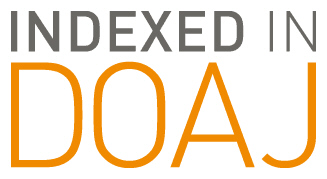Abstract
In an era of growing numbers of linguistically and culturally diverse students in the U.S. schools, classroom teachers are in the position of taking the initial role in identifying and assessing bilingual students' language proficiency and development. Oftentimes, teachers and other school personnel face challenges related to adequately meeting the language needs of children who are English Language Learners (ELLs). In many cases, children are often over- or under-identified for language-related support services and assessments. School teachers may benefit from this overview of tips and suggestions related to making important decisions related to the language needs of bilingual children. A personal account as well as questions and discussions related to language difference and language disorder are offered, including suggestions for teachers who work with ELLs.
Recommended Citation
Prezas, Raul F. PhD, CCC-SLP and Jo, Ahyea A. PhD
(2017)
"Differentiating Language Difference and Language Disorder: Information for Teachers Working with English Language Learners in the Schools,"
Journal of Human Services: Training, Research, and Practice: Vol. 2:
Iss.
1, Article 2.
Available at:
https://scholarworks.sfasu.edu/jhstrp/vol2/iss1/2
Tell us how this article helped you.
